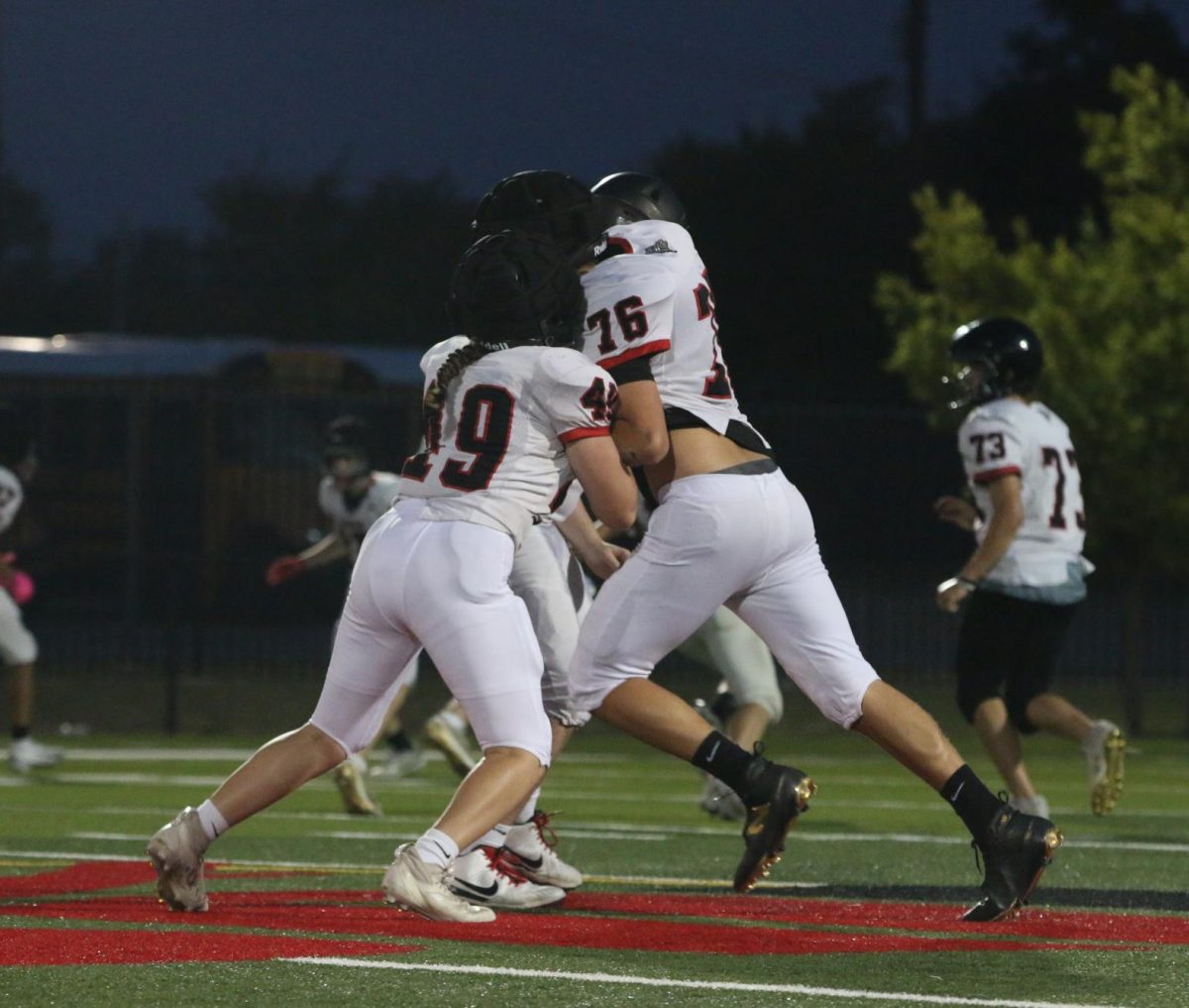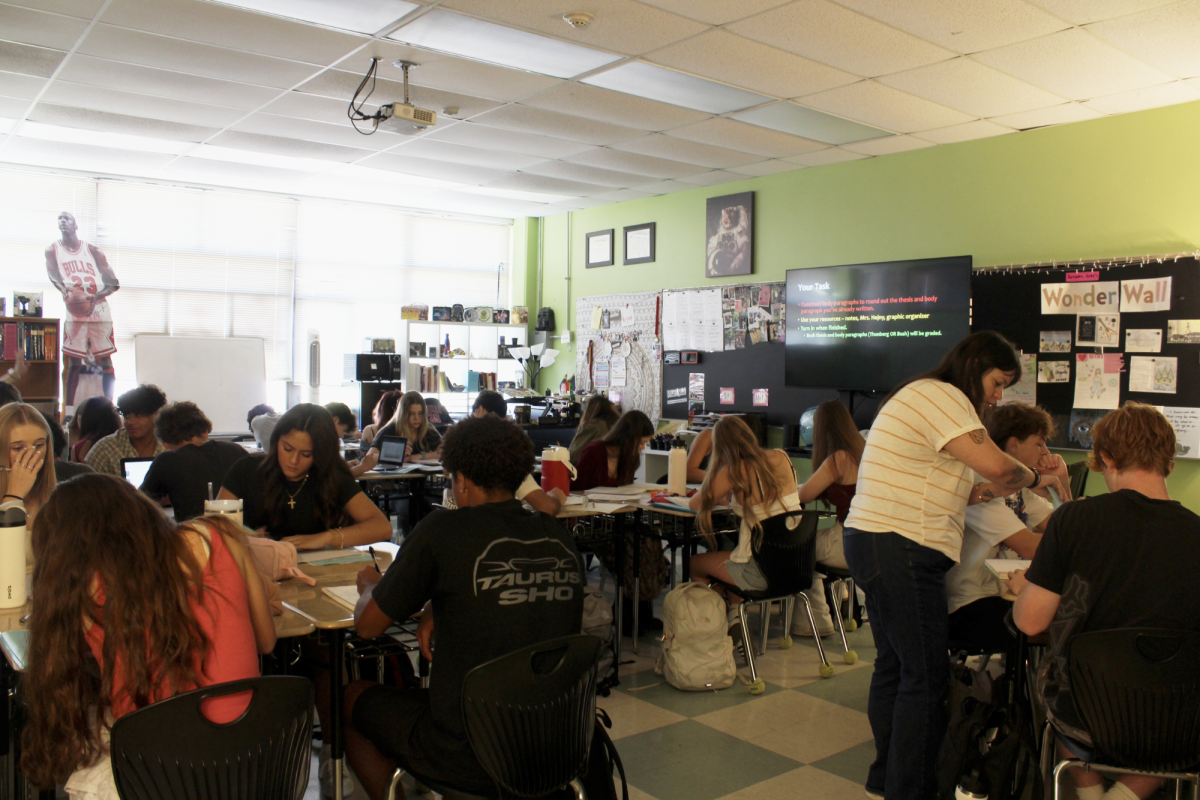Bullying Commentary
July 1, 2017
The answer is easy. Just don’t bully. That’s what we’ve as students been told since our young minds could comprehend the concept of malicious acts towards others. However something deemed so simple is in fact much more complex and we may not even be conscious of the fact that we are doing it.
Bullying does still happen in upper level education and doesn’t just mean pushing kids around on the playground. Cyber bullying has become increasingly common because it allows the bully to say whatever they feel behind the safety of their screen. Whether it’s done in person or done online, bullying is a very real problem. According to Pacer’s National Bullying Prevention Center, more than one out of every five students are bullied.
The feeling it creates in the victim is one of self-doubt and that their life is insignificant. The things you say do matter. Little jokes and jabs at people may not seem like much to you, but to someone dealing with it constantly it can take a toll on how they view themselves and the world. Cyber bullying especially falls true to this with people hiding their faces behind hateful words that real people on the other side of the screen are receiving.
A comfortable setting to talk to about the issues a student is facing is the first step towards resolving the problem. According to Pacer’s National Bullying Prevention Center, school-based bullying prevention programs decrease bullying by up to 25 percent. Introducing an area where students can come anytime during the school day when they’re having a problem or just need to escape can be beneficial in the long run.
One solution that always tends to be the answer is to talk to an adult about the bullying you’re experiencing. However, in high school, students view asking a person of authority for help as ‘weak’ and the bullying is seen as ‘not that big of a deal’. This mentality is what leads to students not having the courage to accept the fact that they need to talk to an adult about what they’re going through instead of trying to just avoid the bully and their tactics. According to Stopbullying.gov, only about 20 to 30 percent of students who are bullied notify adults about the bullying.
Studies show on Dosomething.org, over 67 percent of students believe that schools respond poorly to bullying, with a high percentage of students believing that adult help is infrequent and ineffective. Following that, another statistic shows that one in four teachers see nothing wrong with bullying and will only intervene four percent of the time. To prevent this viewpoint from reigning true, perhaps having teachers and faculty attend an anti-bullying seminar with tips on how to handle a situation when a student is being bullied should become mandatory.
Students, as well, should take responsibility and assist the victim whether it’s intervening with the bully directly or just being there for the victim to talk to. Studies found on Stopbullying.gov, shows that when bystanders intervene, bullying stops within ten seconds 57 percent of the time. Witnessing the harm being done and not taking action is just as bad as doing the bullying yourself. How many times can you honestly look at yourself and say that you stepped in and didn’t just ignore the situation? The answer is few and far between. But why is that? Why can’t we intervene and help?
The issue of bullying and how it’s handled is mediocre at best and without a collective effort from the teachers, faculty, and students it can never be improved.
If you or anyone one you know is experiencing suicidal thought call the National Suicide Prevention Lifeline: 1-800-273-8255.








